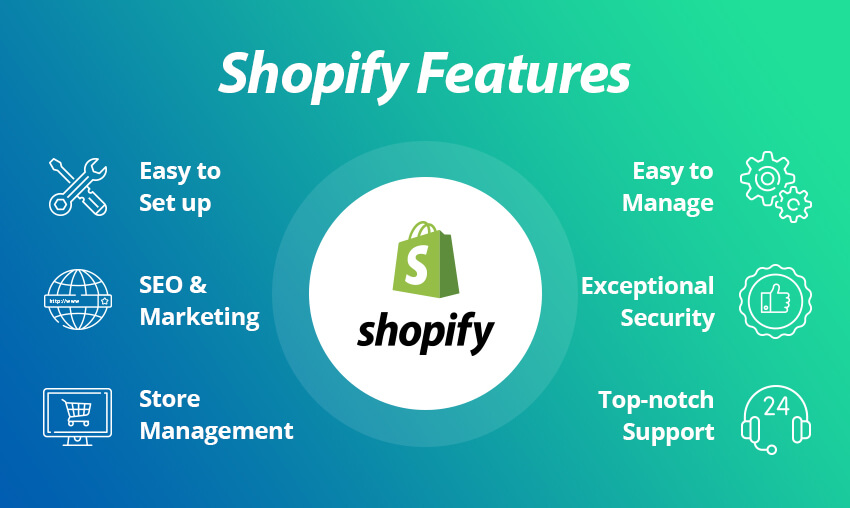7 best website builders apps for creative professionals
Last Updated on May 23, 2024 by Jhonni Jets
As a creative professional, having an attractive and effective website is crucial for showcasing your work and finding new clients. However, building a website from scratch can be a time-consuming and costly endeavor, requiring expertise in web design, coding, and more. This is where website builders come in – they allow you to create professional-looking websites without any coding or technical skills.
With so many website builder options on the market, it can be challenging to determine which one is the best for your needs as a creative. This article reviews 7 top-rated website builders ideal for photographers, graphic designers, artists, and other creatives. We evaluate each platform based on features, ease of use, customization options, pricing, and support to help you choose the right website builder tool.
Table of Content
1. Wix

Wix is one of the most full-featured and easy-to-use website builders. It has hundreds of designer-made templates for photographers, artists, and other creatives. Templates can be fully customized with flexible drag-and-drop editing tools. You can rearrange entire page sections, add and remove elements, and customize colors, fonts, images, and more without coding.
Wix has robust ecommerce solutions ideal for selling digital and physical goods. Features include product catalogs, shopping carts, payment processing, and order management. The gallery and portfolio templates make it simple to showcase your best work. You also get integrated social media and marketing tools to help drive traffic.
Plans start at $13/month for the basic Basic plan. For $25/month, the Unlimited plan removes Wix’s ads and unlocks more premium capabilities. Support is available via live chat, email, and community forums. Given its ease of use, customization options, and value, Wix is a great all-around choice for creatives of any level.
2. Squarespace

Squarespace stands out for its beautifully designed, professionally-curated templates optimized for photography, art, and beyond. Templates include unique layouts, colors, and typography to help creatives showcase their style. Pages can be customized pixel-perfectly using Squarespace’s intuitive drag-and-drop tools without coding.
A major strength is Squarespace’s commerce features. Sell digital downloads, prints, or physical goods through an integrated ecommerce system with customizable product pages, shopping carts, and transactions. Advanced settings control shipping, taxes, and inventory management. Native integrations with Square and other payment processors simplify transactions.
Pricing starts at $16/month. The basic Personal plan lacks advanced ecommerce and customization. For professionals needing robust features, the Business plan at $26/month or Commerce plan at $40/month are better fits. Squarespace offers 24/7 customer support by phone, email, and chat. Overall, it’s a top choice for creatives seeking beautiful online portfolios and professional ecommerce tools.
3. WordPress.org

WordPress is the world’s most popular CMS for a reason – it offers unparalleled customization and functionality for advanced users. While its backend is more involved than visual builders like Wix or Squarespace, WordPress gives developers complete control through CSS, HTML, and plugins.
Tens of thousands of free and premium themes optimized for creative industries can transform a blank WordPress site into an online showcase or storefront in minutes. Popular photography and art themes like Astra, BeTheme, and PhotoGraphic are highly customizable through sophisticated options panels. Drag-and-drop page builders like Elementor and Beaver Builder simplify non-coders’ lives.
With the free, self-hosted WordPress.org version, maintenance and security patches fall to site owners. For a monthly fee, WordPress.com takes care of the technicals on managed WordPress hosting. Knowledge of HTML/CSS is recommended to use WordPress to its full potential, but there’s no limit to the site’s functions, performance, SEO, or monetization compared to closed platforms.
4. Webflow

Webflow takes a unique approach by positioning itself as both a website builder and desktop app. Users code layouts, components and pages visually using an intuitive drag-and-drop interface similar to other builders. But under the hood, Webflow is actually generating HTML, CSS and JavaScript – design work translates directly to responsive websites.
This hybrid model gives creatives more control than traditional builders while levelling up automation and customization over manual coding from scratch. Hundreds of quality designer-made templates cater to photographers, artists, designers and more. Dynamic features like advanced forms and e-commerce tools round out the platform.
Starting from $16/month on the basic plan, Webflow is well-suited for mid-level creatives or agencies. It provides powerful tools for pros willing to learn basic web coding concepts. Integrated hosting and SSH access allow for advanced website customization compared to simpler builders. Robust support is available through online resources, communities and sales tools.
5. Weebly

Weebly impresses with its intuitive drag-and-drop interface for building responsive sites without any code. Page elements snapping into place helps non-technical users construct clean, professional layouts in minutes. Creatives will appreciate Weebly’s extensive library of free templates optimized for showcasing art, design work, photography portfolios and more.
Ecommerce tools cover all the essentials like product pages, carts, secure payments and shipping. Weebly lacks some advanced integrations or customization compared to top competitors. But its basic to advanced ecommerce plans at $12-40/month cover all price points for small creative businesses.
With 24/7 live chat and phone support available, Weebly ensures customers get help promptly. Hundreds of new templates and features are released annually. Overall, it’s a no-hassle option for quick website set-up without code while still allowing basic store operation and design flexibility.
6. Shopify

Primarily an ecommerce platform, Shopify excels at helping creative entrepreneurs design catalogs and sell digital or tangible goods online. Over 1,000 pre-designed themes cater specifically to artisans, photographers, jewelry designers and more small creative businesses. Themes are fully customizable using responsive drag-and-drop editing.
Shopify powers over 1 million stores globally thanks to its robust feature set. Built-in apps handle tasks like tax calculation, abandoned cart recovery, purchase notifications and shipping. Integrations with popular shipping carriers streamline order fulfillment. Comprehensive analytics give insights into traffic, products and more.
Standard plans start at $29/month, while Shopify and Shopify Plus cater to higher volume stores. Top-notch customer support guides new and experienced merchants alike. While primarily an ecommerce builder, Shopify’s market dominance, themes and selling tools make it a compelling option for many creatives looking to professionally monetize their work online.
7. Google Sites
:max_bytes(150000):strip_icc()/googlesites-5be1c6edc9e77c0051dfbda4.jpg)
As a free, basic website builder hosted directly by Google, Sites lacks advanced functionality but remains a capable option for simple creative portfolios or informational sites. Getting started involves selecting a template optimized for art, nonprofits, photography or more, then customizing elements visually.
Page layouts, colors and basic fonts/images can all be modified using an intuitive drag-and-drop builder. Media like photos, videos or documents can also be uploaded and embedded directly from Google Drive for easy updating. Basic HTML and CSS customization broadens capabilities, or paid themes offer more vibrant designs.
Links to social profiles, contact info or Google Maps integrate sites into the wider web. While quite limited and basic for anything but simple online presences, Google Sites remains an excellent free choice for low-budget creatives or students to showcase work online quickly.
Conclusion
By considering your technical skills, budget, creative needs and business goals, this overview of the top 10 website builders helps identify the best solution. While builders vary in features and pricing, any of the platforms profiled enable photographers, graphic designers, artists and more to showcase talent and establish an online presence or store with professional results.
For simplicity and quick set-up, visual builders like Wix and Squarespace are solid choices. Creatives seeking full design freedom or aiming to monetize with complex ecommerce functionality may favor WordPress or Shopify. And starting portfolios can utilize the capable-yet-free Google Sites. Overall, website builders empower creative entrepreneurs to market themselves online affordably and efficiently without code.






